By Matthew Jent
Thanos: The Infinity Revelation
Writer/Artist: Jim Starlin
Inker: Andy Smith
Colorist: Frank D’Armata
Cover Art: Jim Starlin
Genre: Superhero
In the wake of the Guardians of the Galaxy opening extravaganza, Marvel is releasing Thanos: The Infinity Revelation, a one-hundred page original graphic novel by written and illustrated by Jim Starlin. It’s Starlin’s return to Thanos, undoubtedly his best known creation, and it’s his return to the Marvel OGN format, which he pioneered more than 30 years ago with The Death of Captain Marvel.
“Everything has a beginning and an end,” Thanos narrates on the opening page. “To believe otherwise is delusional.”
But The Infinity Revelation concerns itself with the cyclical nature of comics storytelling, in which endings (and even death itself) are really only temporary. Comics narratives, and comics continuity, are elastic and changeable, and several characters in this book seem to change panel to panel, in what at first looks like a mistake in the art, and what later becomes integral to the plot.
There are some cameos by some of the now-very-well-known Guardians of the Galaxy, but anyone reaching for this book as a “next chapter” in the Guardians saga they saw in theaters this weekend is going to find the water is very much over their head. This is a graphic novel about comic books, comic book characters, and what it means to never leave a character behind.
It’s no secret that Starlin is bringing back a number of familiar faces from his cosmic Marvel heyday of the 1970s-90s. Thanos’s paramour Death is here, as is his frenemy Adam Warlock (who was the source of some social media squabbling between Starlin and Marvel a few short months ago). The relationship between Thanos and Warlock is at the core of the book. Warlock is a Stan Lee/Jack Kirby creation, originally appearing as a artificial humanoid called “Him” in Fantastic Four #66-67, but he became a cosmic messiah in a short run by Starlin in the 70s. Since then, Starlin has treated Warlock and Thanos as cosmically entwined beings with destinies greater than your average superhero. In a recent interview with Comic Book Resources, Starlin said, “Life and Death don’t have a real firm grasp on either character … They’re both sort of in line with characters like Lord Chaos and Master Order. They’re on their way to evolving into one of those abstract entities.”
The next stage in that journey plays out here in The Infinity Revelation, which is more of a sequel to the 1990s mini-series The Thanos Quest and The Infinity Gauntlet than it is to Marvel’s new cinematic superhero franchise. This is Starlin being Starlin, which means there’s just as much existential angst as there are fisticuffs, if not moreso.
The one major fight scene is more notable for Thanos and Warlock’s discussion of how best to approach battling heroes who are only trying to defend the galaxy than it is for the intricacies and outcomes of the battle itself. The Infinity Revelation is about obsession and scratching an itch — even if you’re aware that no good can come of it.
“The perversion of my personality stands revealed beneath the unforgiving glare of reality,” Warlock says. He’s talking about matters of cosmic import, but he may as well be talking about the creative process.
There’s a mystery at the heart of the The Infinity Revelation, and fair bit of navel-gazing. Thanos comments on some of his more recent storylines, explaining to Warlock that he “cannot even justify to myself” some of his recent actions, including a “strange obsession I have been having about Earth.” Is this Starlin, commenting on some recent Thanos-starring crossovers he did not write himself?
Thanos himself provides the answer, a few pages on: “The subconscious is an essential factor in creativity. Be it for good or ill it’s influence cannot be denied.”
So is it surprising when vague celestial creators, manipulating the universe for purposes these players cannot fathom, are spoken of with confusion and disdain? Is it even possible to read those lines of dialogue and not picture creative summits where comics executives and their writers and editors plan out months or years of crossovers and status quo resets?
“This vast astral machination had to have some deeper purpose,” muses one of the cosmic players.
“So you would think,” answers another.
Thanos’s lesson, in the end, is not to worry about a story’s deeper meaning or its inconsistencies. Better to be what is than worry about what was.
When Thanos and Warlock are about to discover the titular revelation, Thanos starts to disappear from the feet up, still in mid-conversation.
“Transport or disintegration?” Warlock asks.
But it doesn’t really matter to these two very much. It’s more a curiosity than a danger. Because everybody knows, including them, that if they die, they’ll just come back.
They always do.


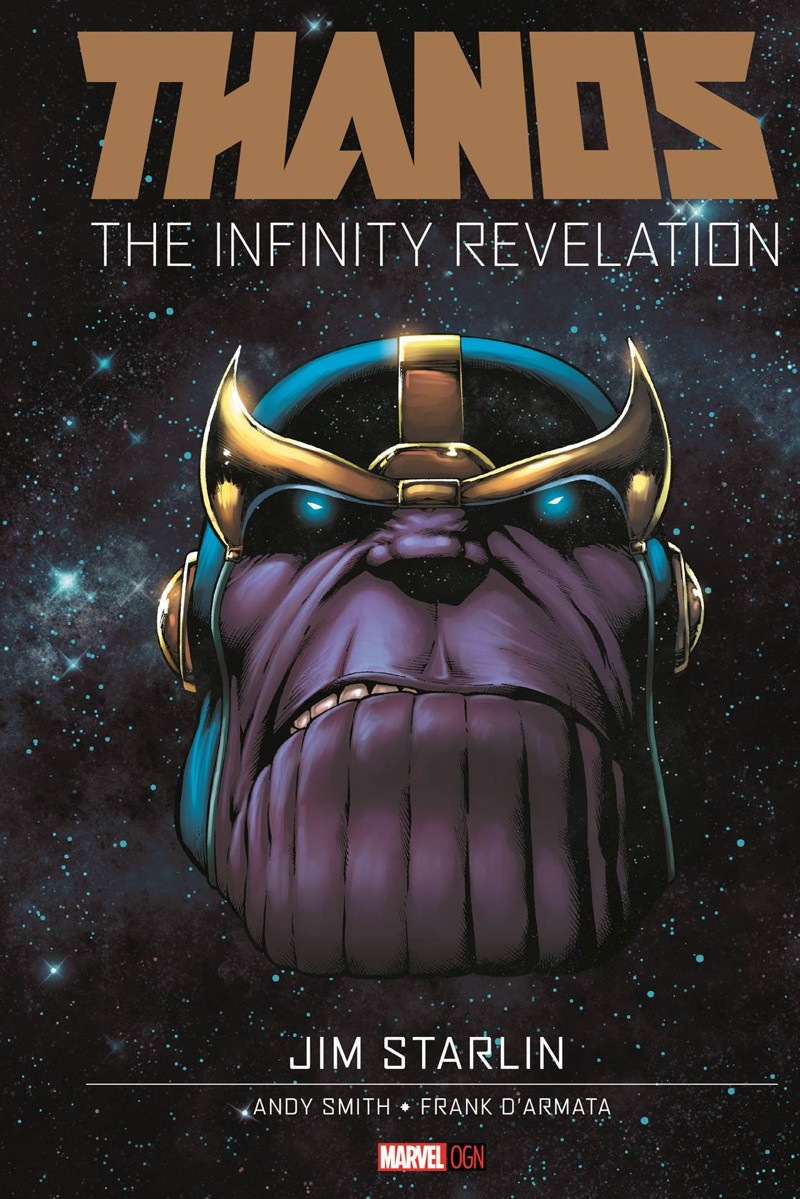
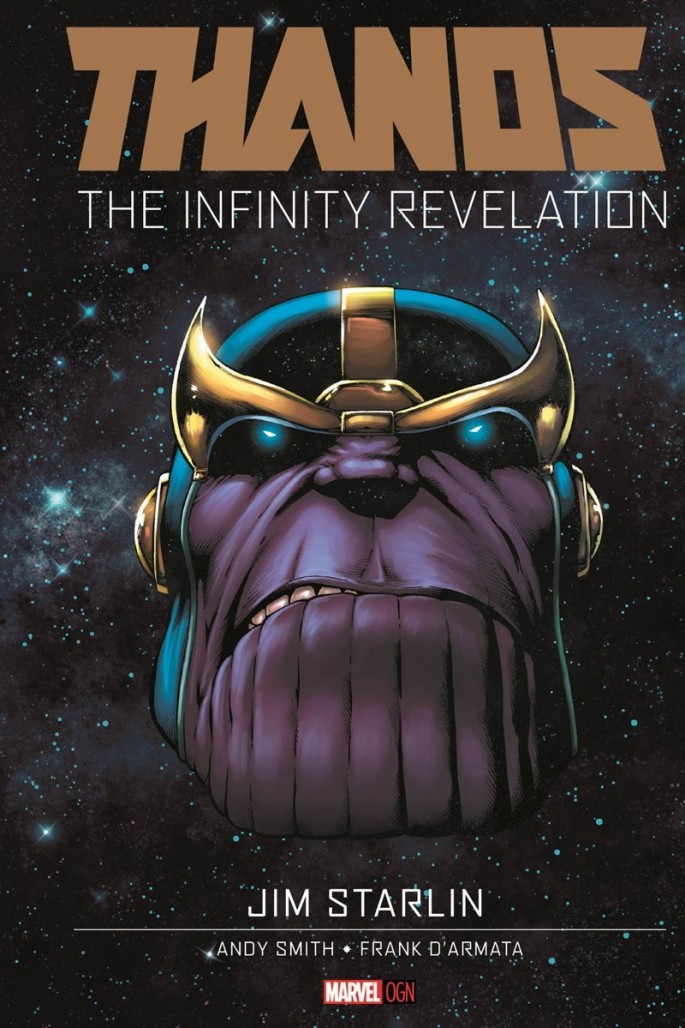
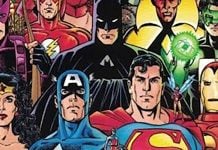
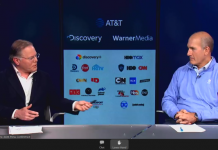
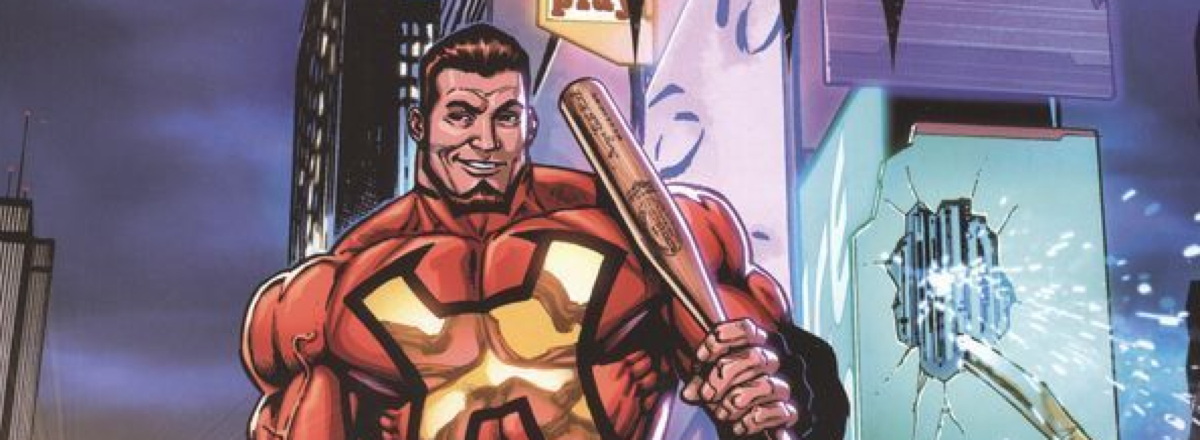



Funny, I seem to remember that graphic novels usually have some art involved that serves to carry the plot forward (also color and lettering). A review of one can’t be taken seriously until it at least mentions those essential elements.
Comments are closed.